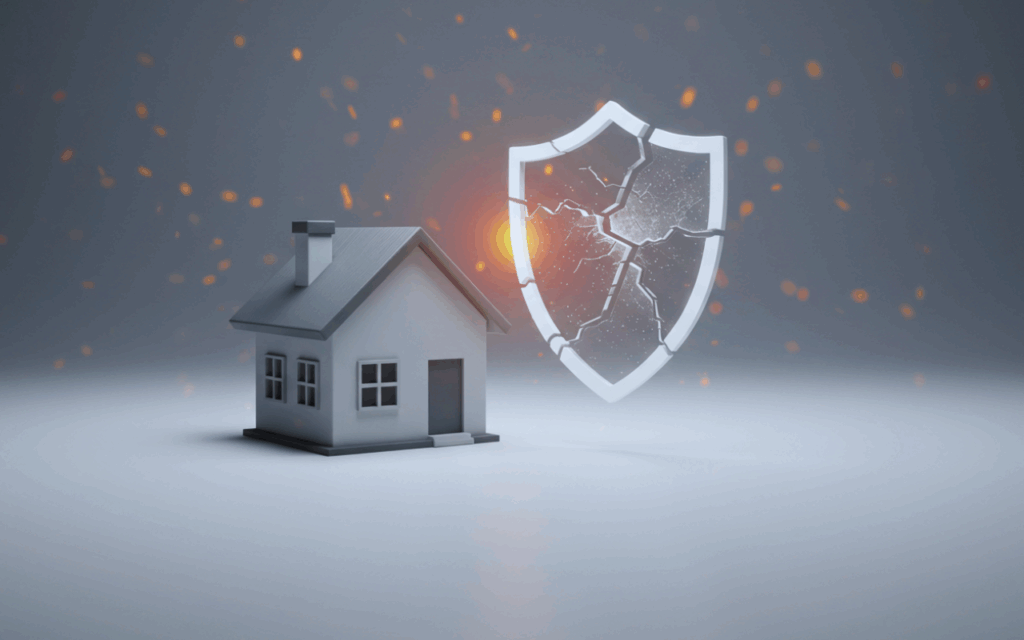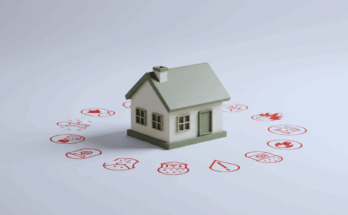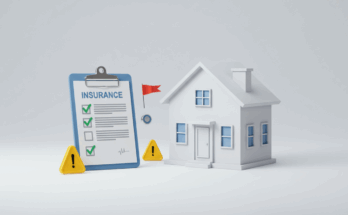When it comes to protecting your home, business, or other valuable assets, having the right property insurance coverage is essential. Unfortunately, many people don’t realize they are underinsured until it’s too late when disaster strikes and the financial burden becomes overwhelming. Being underinsured can leave you vulnerable to significant losses and unexpected expenses. Here are five key signs that you might be underinsured for property damage and what you can do to address them.

1. Your Coverage Doesn’t Reflect Current Replacement Costs
Property values and construction costs can change dramatically over time due to inflation, market trends, and supply chain fluctuations. If your insurance policy hasn’t been updated in several years, it may not account for the current cost to rebuild or repair your property. For example, if your home’s replacement cost has increased but your policy still reflects outdated values, you could face a significant shortfall in coverage.
➤ Solution: Review your policy annually and ensure it accounts for updated replacement costs. Work with your insurer or an appraiser to determine the current value of your property and adjust your coverage accordingly.
2. You Haven’t Factored in Upgrades or Renovations
If you’ve made improvements to your property, such as remodeling a kitchen, adding a new roof, or upgrading electrical systems your current policy may not account for the increased value of these enhancements. Underinsurance can occur when your coverage remains stagnant despite these changes.
➤ Solution: Notify your insurer about any major renovations or upgrades. They can help adjust your policy to reflect the added value of your property and ensure you’re adequately protected.
3. You’re Relying on Minimum Coverage Requirements
Many property owners opt for policies that meet only the legal minimum or lender requirements, assuming this is sufficient. However, minimum coverage often fails to account for specific risks, such as natural disasters, theft, or liability claims. This approach may leave gaps in coverage that could result in out-of-pocket expenses during a loss.
➤ Solution: Evaluate whether your policy meets your unique needs rather than relying solely on minimum requirements. Consider additional coverage options for specific risks in your area, such as flood insurance or earthquake protection.
4. Your Policy Has Low Limits on Personal Property
Standard property insurance policies often include coverage for personal belongings, but these limits may not be enough to replace high-value items like electronics, jewelry, artwork, or collectibles. If you own expensive items and haven’t purchased additional coverage for them, you could be underinsured in the event of theft or damage.
➤ Solution: Take inventory of your personal belongings and assess their value. Consider adding a rider or endorsement to your policy for high-value items to ensure adequate protection.
5. You Haven’t Reviewed Your Policy Recently
Life changes, such as purchasing new property, starting a business, or experiencing a natural disaster can affect your insurance needs. If you haven’t reviewed your policy recently, you might miss critical updates that could leave you underinsured for property damage.
➤ Solution: Schedule regular reviews of your insurance policy with your agent or broker. Discuss any recent changes to your property, lifestyle, or risk exposure to ensure your coverage remains comprehensive and up-to-date.
Conclusion
Being underinsured for property damage can lead to financial stress and hardship during an already challenging time. Taking proactive steps to review and update your insurance coverage can save you from unexpected losses and provide peace of mind. Work closely with a trusted insurance professional to assess your needs and ensure you have the right coverage in place to protect what matters most.

![[Home Insurance vs. Condo Insurance] Key Differences You Must Know](https://luzo.top/wp-content/uploads/2025/08/home-insurance-vs-condo-insurance-key-differences-you-must-know-348x215.png)

